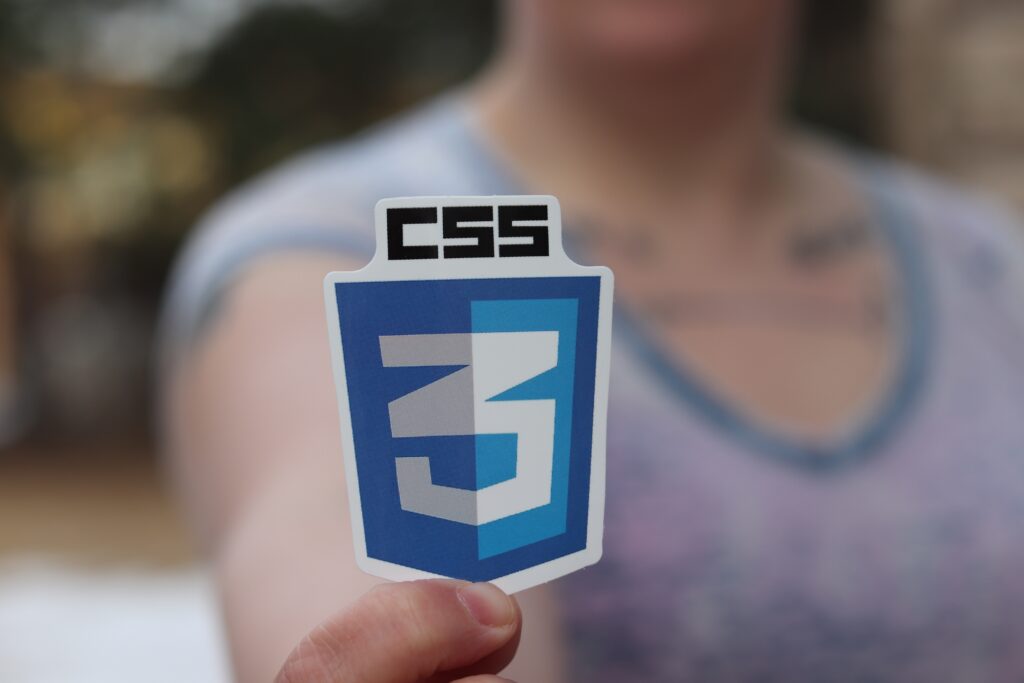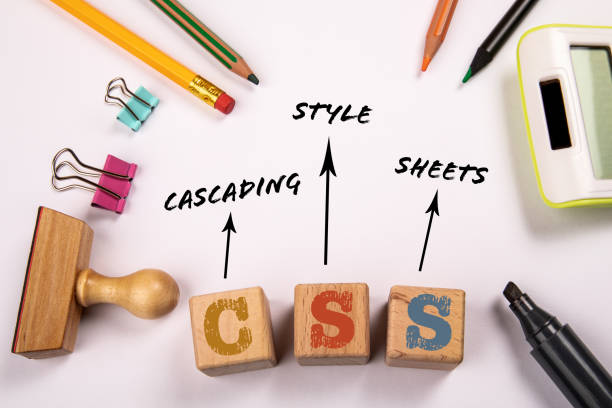Table of Contents
In the era of the Internet, there are more people online than ever. Most individuals use websites for many purposes, including employment, information, entertainment, financial and business transactions, and more. Additionally, while online users like websites that function well, there is something to be said for making a website attractive.
We now arrive at CSS. CSS is a tool used by web designers to enhance the aesthetic appeal of websites they build. This article discusses the CSS vs. CSS3 debate. The majority of this post will focus on the distinctions between CSS and CSS3, after which we will define both languages.
Therefore, let's start by outlining both languages.


What is CSS?
Cascading Style Sheets, or CSS as its abbreviation is known, is a language used by web designers to create a style or enhance the aesthetic appeal of web page elements. One of the fundamental abilities a web developer should possess to create visually appealing websites is CSS, which was developed by the World Wide Web Consortium (commonly known as W3C).
Web designers can style items made with a markup language (usually HTML) using cascading style sheets. In addition, CSS has a simple syntax, which makes it simpler to understand and apply.
The addition of characteristics like background colour, text colour, font size, and border size is made possible using CSS. Developers can also change these settings to personalise the website's graphics and produce a more enticing design.
Key CSS Features
Individual Properties. Designers can declare and use unique properties with CSS. When applying the same properties to various elements frequently, this functionality is helpful.
Animations. Simple web page animations can be made by designers using CSS. You can select whatever characteristics you want to have animation for; it's really simple.
Text properties and fonts. CSS allows designers access to a wide variety of fonts to improve the aesthetics of the website. Examples include background colour, font family, size, style, and weight of the fonts, as well as text alignment and indentation.
Positioning, spacing, and alignment. Aligning and positioning text, pictures, and other objects is simple with CSS. To further ensure that the content on the web page is easily readable, you can utilise attributes like letter-spacing and word-spacing.
What is CSS3?
Cascading Style Sheets Level 3, or CSS3, is an improved version of CSS and the replacement for CSS2. Similar to CSS, CSS3 is used to style web pages and make them more aesthetically pleasing and user-friendly. In addition, CSS3 has more modern capabilities that are intended to boost productivity and make it easier for developers to utilise.
Key CSS Features
In-depth Animations. One of the most captivating elements you can use on a website is animation. Web designers can employ animations using CSS, but CSS3 raises the bar with more advanced animation features including transforms, transitions, and special effects.
Opacity. Web designers can make elements of web pages completely or partially translucent using this attribute. The opacity levels of the elements can be set to entirely opaque, transparent, or even see-through.
Rounded Corners. Selected web page elements have more polished, aesthetically pleasing corners. Prior to the border-radius property, web developers had to spend a lot of effort creating complicated code to round the corners of an element.
Shadows on boxes and text. Web designers may quickly add text shadowing to various text sections and even easily configure the shadow's colour, angle, and blur level thanks to CSS3's built-in support for text and box shadows.
It is not necessary to Photoshop the shadowed text and upload it as an image to the website as a consequence. The same is true for giving elements a shadow effect, which you can do quickly by utilising the box-shadow property.
A feature comparison of CSS and CSS3
We’ll highlight a few aspects of web design and compare how CSS and CSS3 handle them.
Compatibility. Only more sophisticated than CSS, CSS3 is still CSS. As a result, CSS3 will accept whatever CSS code you have created. The converse isn’t true
Gradients and Rounded corners. Prior to the introduction of CSS, designers employed design images to produce rounded corners with various gradients and structures. Unfortunately, CSS lacks a specific property that would enable web designers to rapidly round element corners. As a result, creating images to represent rounded corners, storing them on a server, and then adding them to the website is a laborious procedure.
Once CSS3 came out, developers only needed to add a simple code to achieve the same results. For instance, here is the code for a round border {border-radius: 30px}. In addition, it’s now easier to set gradients using simple code like: gradBG { background:linear-gradient(yellow,green); }.
CSS lists and CSS3 lists. Different sorted or unordered lists can be created by developers using CSS. Web designers can also specify the background colours or add unique graphics for a list-item marker. List types like circular, square, and disc can also be modified with CSS.
But with CSS3, the list-item is already provided in the display property. Web designers can therefore include graphics next to the list-item marker, despite the fact that it does not support numbering.
Text animations and effects. JavaScript and jQuery are used in CSS animations. There are no special effects like text shadows, text selections, or layer design features in it either.
Contrarily, text-shadow can be used by developers in CSS3 to produce a 3D effect. A flexible and consistent variation in the text’s size or colour is also provided by CSS3. Additionally, CSS3 animations can function without Flash or JavaScript code. Additionally, CSS3 allows developers to create text designs with less lines of code, which speeds up the loading of web pages.
Fonts. In order to prevent an anomaly from being caused by the design, CSS makes sure that all computers and browsers should display and use the same typefaces.
However, in CSS3, web developers can use more distinctive fonts instead of web-safe labelled fonts using the HTML script.
Pseudo-classes. CSS allows developers to define a specific state of an HTML element using pseudo-classes. Developers can, for example, use the pseudo-class to highlight links on a web page that a user has previously clicked on or to style an HTML element when the user’s mouse hovers over it.
CSS3 supports pseudo-classes as well. CSS3 pseudo-classes, on the other hand, have expanded functionality. Developers, for example, can target the child elements of a parent element based on their position relative to the parent.
Attribute Picker. CSS3 includes the Selector idea, although CSS does not. Rather than using classes or IDs to create styles, developers can utilise CSS3 to select HTML elements as attributes to be applied to CSS styles instead of IDs and classes.
Comparison of CSS and CSS3
So, we’ve established that CSS3 is simply the most recent version of CSS. That’s fantastic, but what distinguishes it from its predecessor? The table below clearly depicts the differences between CSS and CSS3.
CSS | CSS3 | |
Year Released | 1996 | 2005 |
Media Queries | Doesn’t support | Supports responsive web design |
Browser Support | No support for modern browsers, but it still works on older versions of Explorer or Chrome | Supported fully by all modern browsers |
Compatibility Between Versions | Not compatible with CSS3 | Backward compatible with CSS |
Block Support | Supports single blocks only | Supports multi-column text blocks |
Animation Use | It only allows basic animations and doesn’t support transformation, text animation, transition, or 3D animations | It offers advanced animations and many customization options. It also supports text animation, transformation, and transition |
Responsive Design | It doesn’t support media queries, thus not ideal for making responsive designs | Works with media queries, thus allowing responsive web design |
Module Use | It doesn’t have modules | Can group CSS codes into convenient modules |
Color Format | It uses an old standard color format | It offers different gradient colors and schemes like RGBA, HSLA, HSL, etc. |
Performance | It provides average performance and requires high memory usage | It offers fast, excellent performance and doesn’t use as much memory |
- By admin
- No Comments




